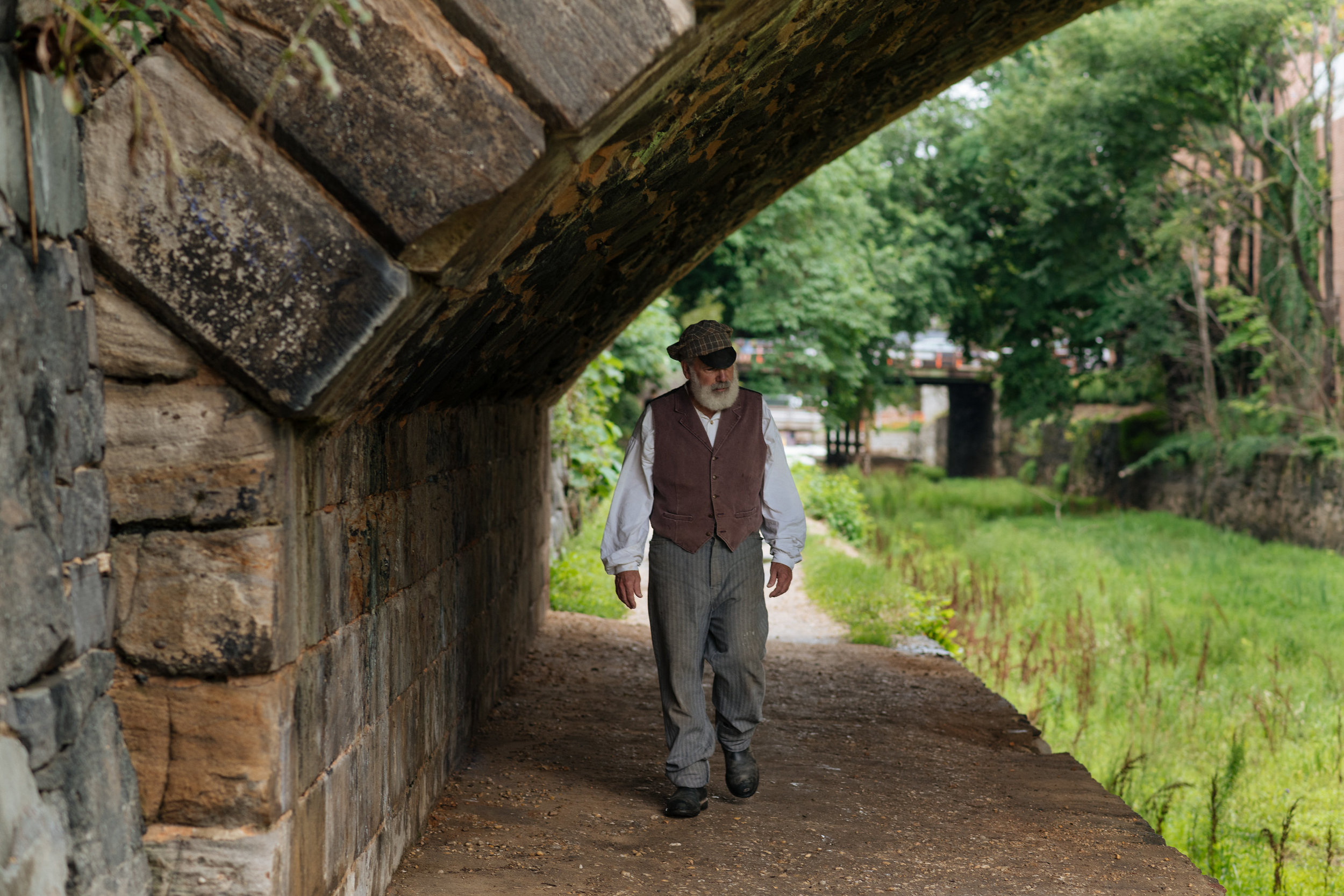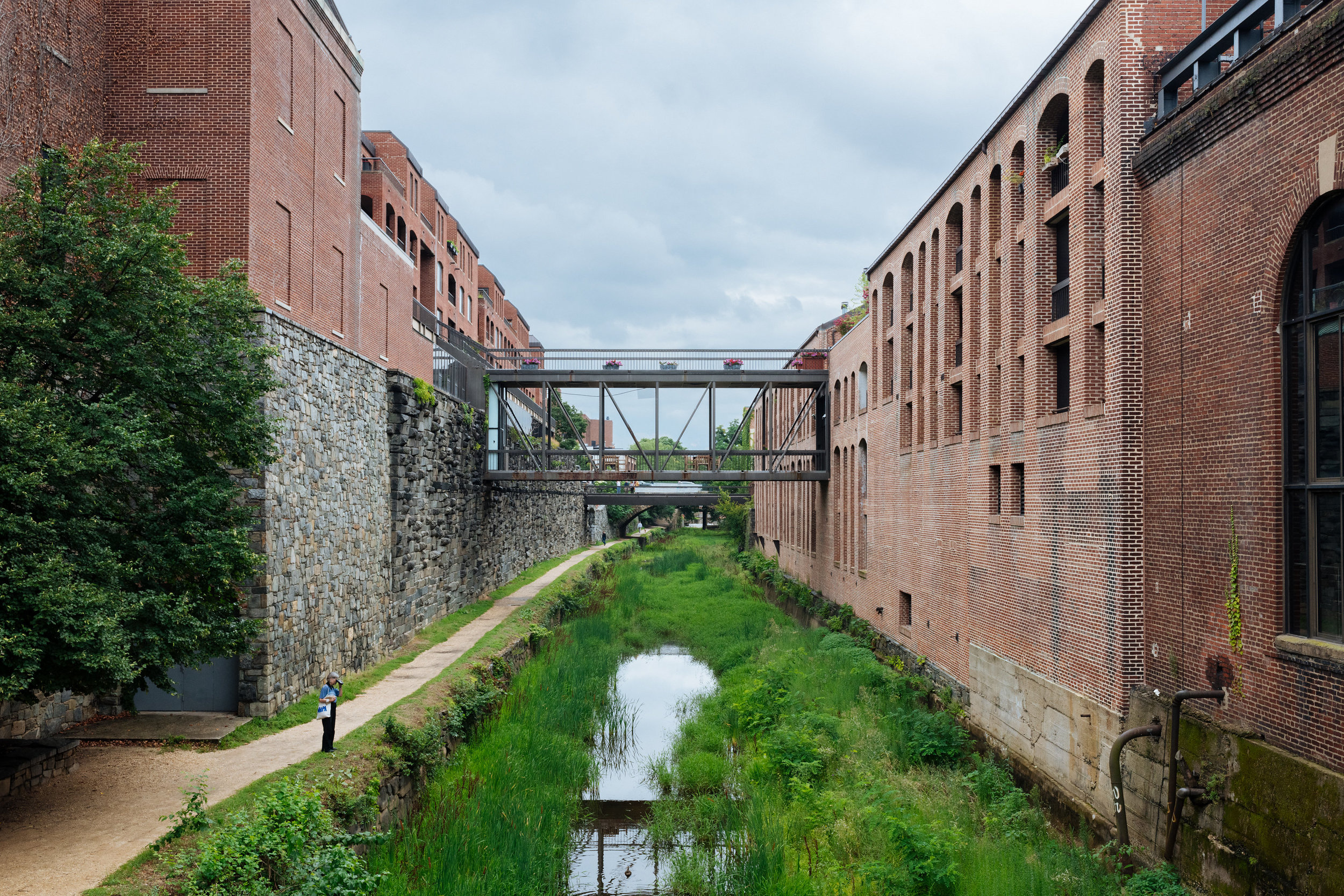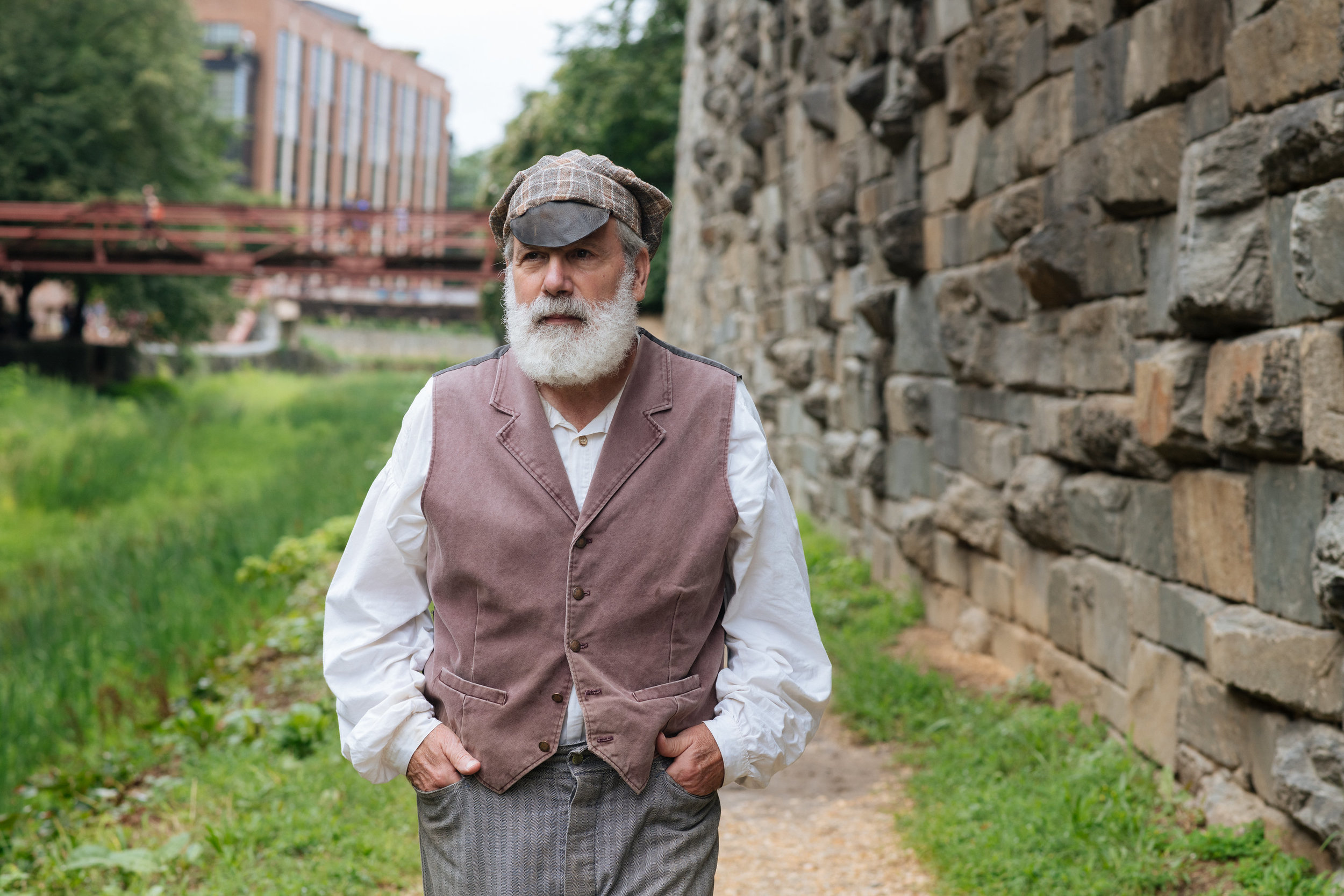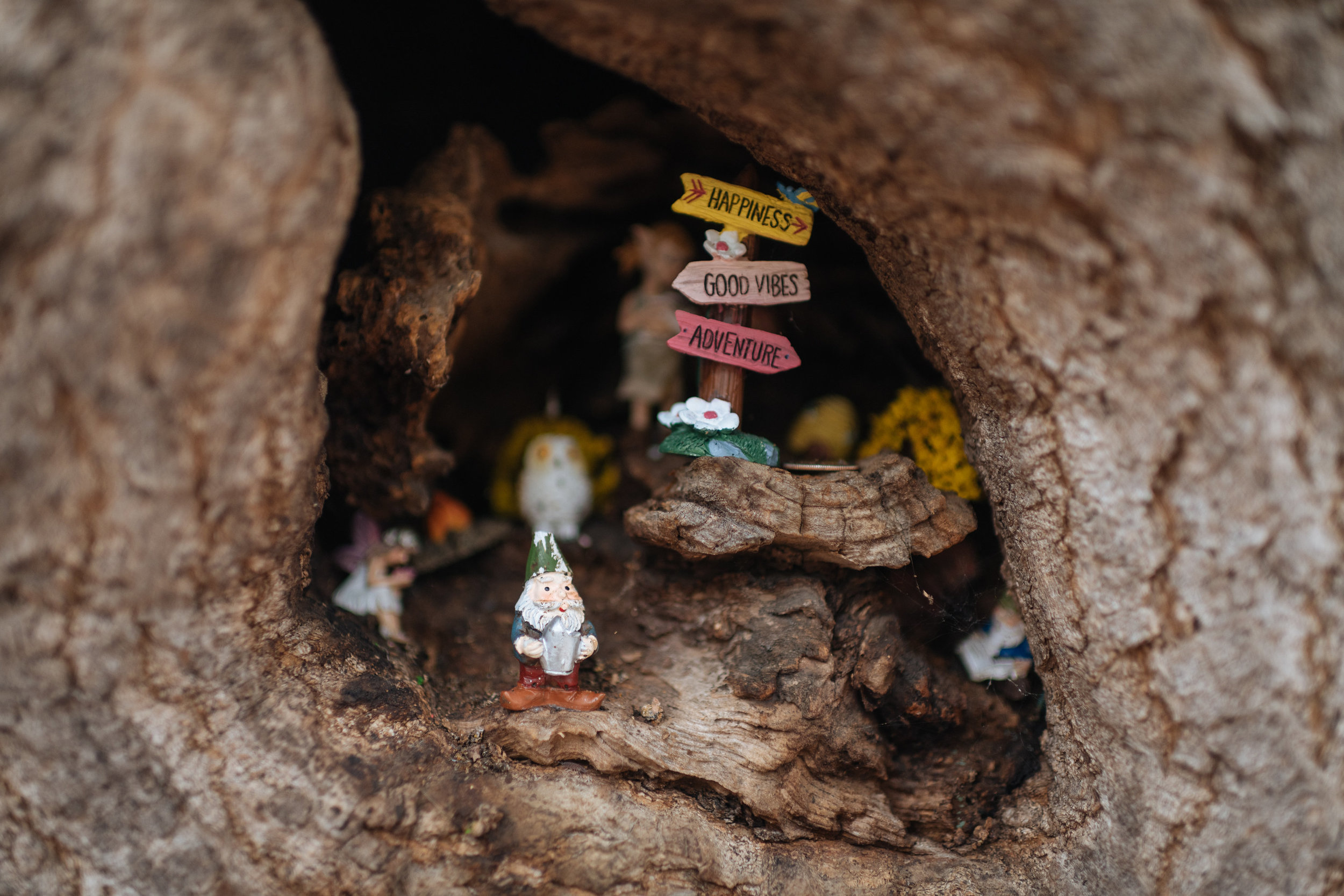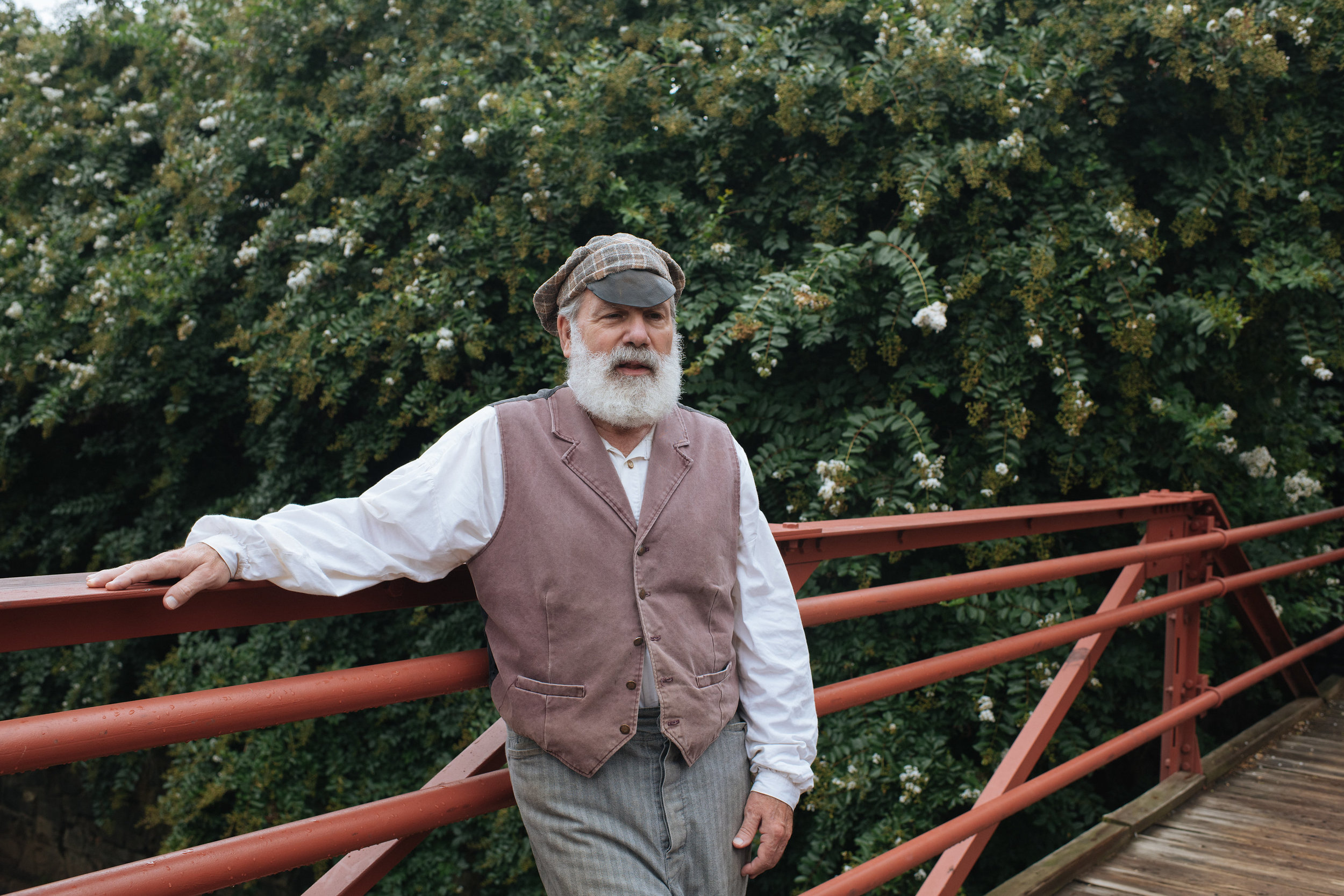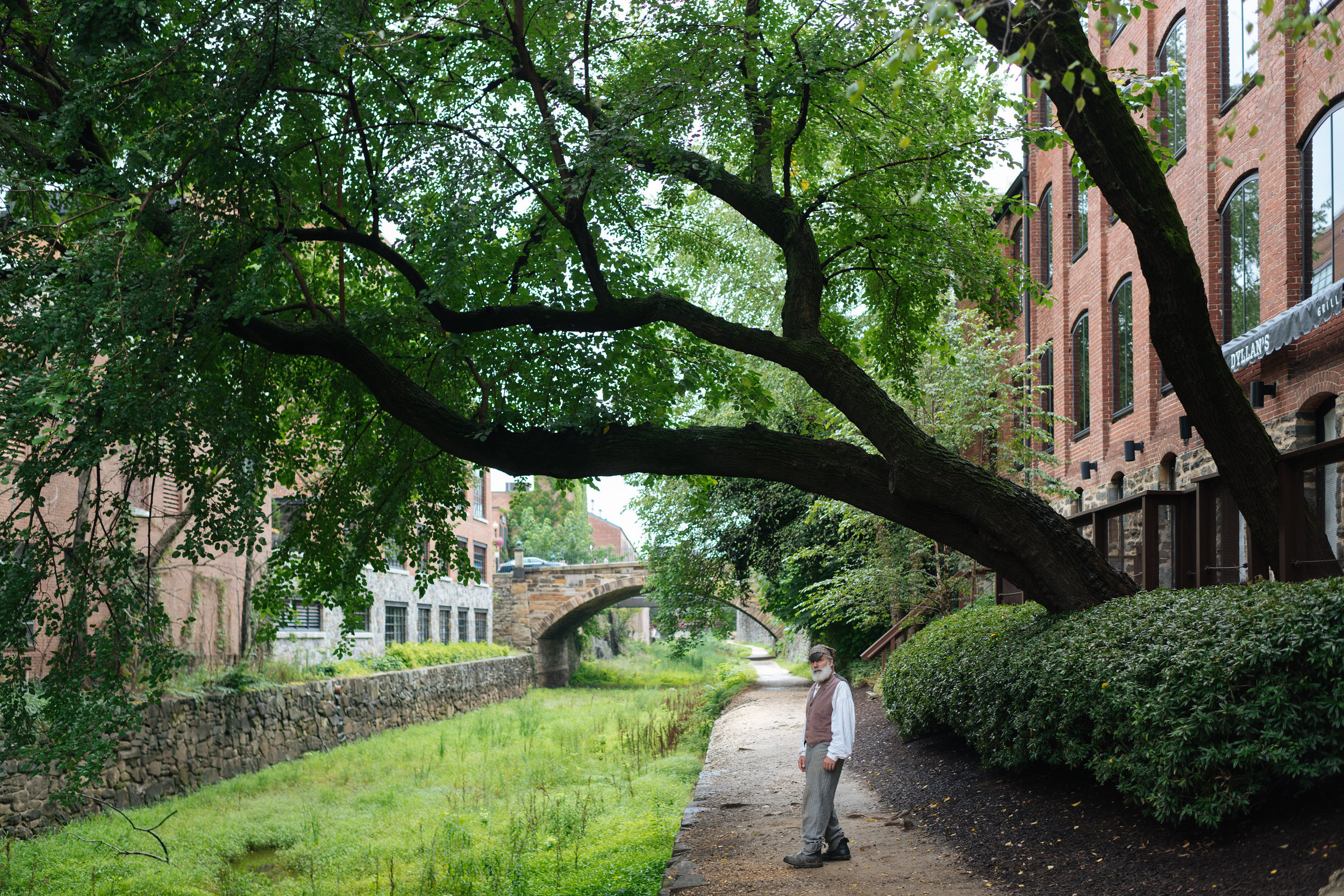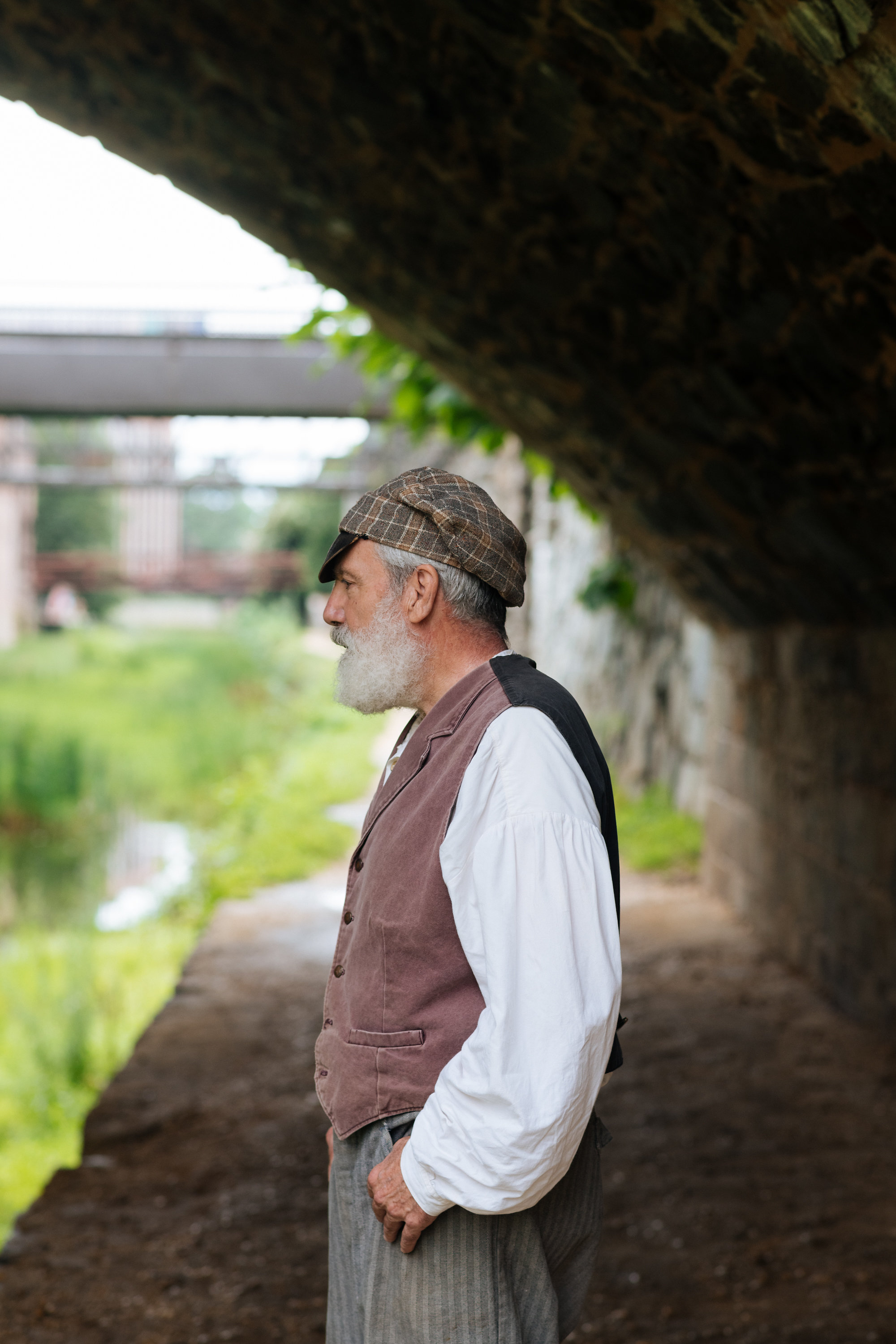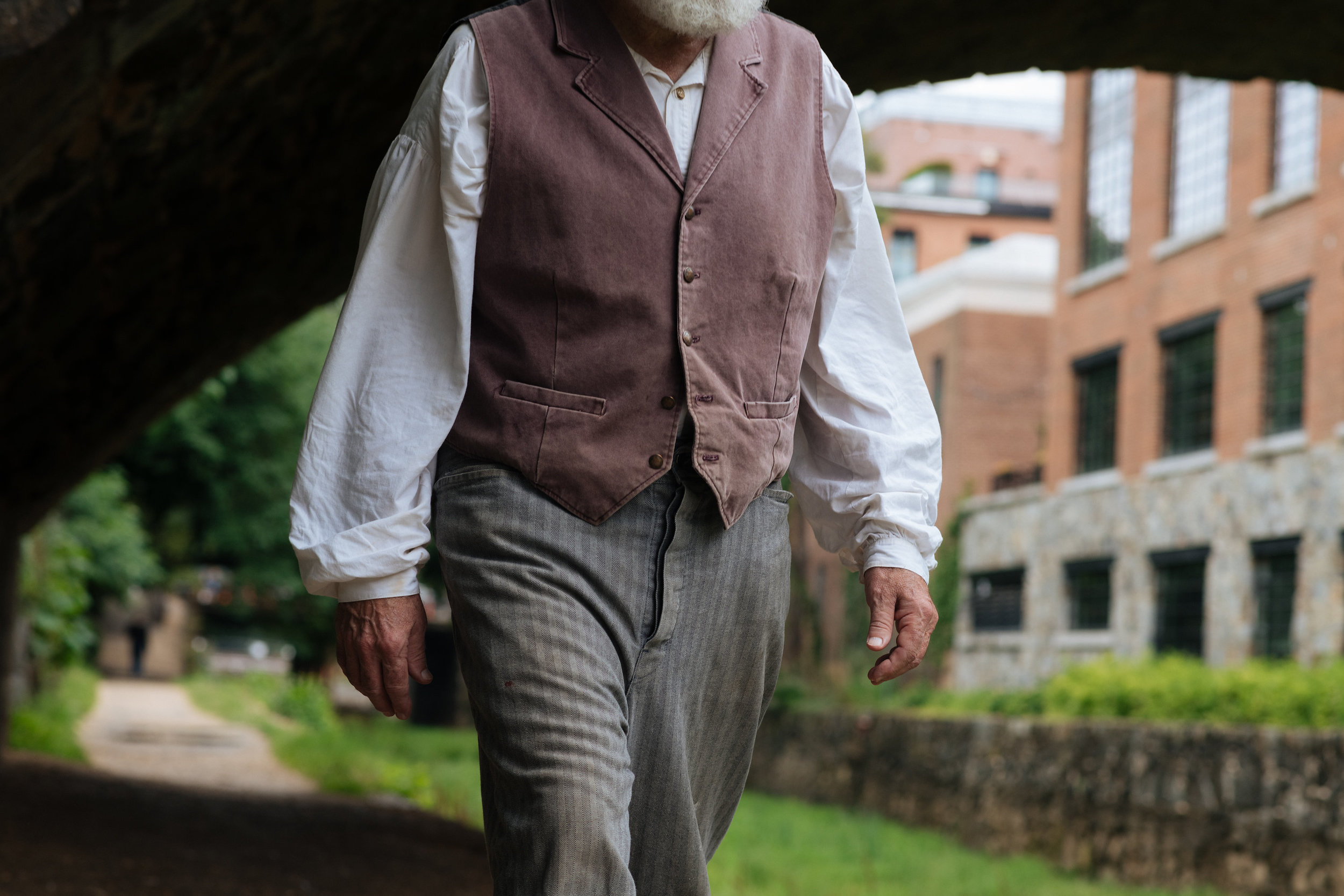‘I Happened Upon This Very Strange Job’
John McCarthy had never wrangled a mule.
The former archaeologist had a rich, albeit conventional resume—working in New York as an interpretive exhibits designer, followed by stints as the director of a small living history museum, and a collections curator for a county museum.
As John began looking for his next role, a ‘series of accidents, and then a leap of faith’ led him to the C&O Canal.
‘I happened upon this very strange job pretending I was a 19th century canaler. I decided I was at a point in my life where it was time to make a leap. It just seems like such a ridiculous job, but it turned out it really did suit me. I think if I hadn’t found this job, I would have just ended up behind a computer, moving papers around.’
Instead, John found himself in suspenders, moving canal boat tours around Georgetown. He knew a lot about the era in general, but studied the history of the C&O Canal as fast as he could—in addition to the five roles he was required to rotate through with his fellow crew members.
‘We were everything from tillermen to mule drivers. It kept variety in the job and it was very much a team effort, which appealed to me. We were all there to support the interpreter, but weren’t stuck in any one position. It was almost like a dance, and you danced differently depending on who was in this position or that position.’
So, too, did they behave differently depending on the mule. Before each tour, two of the hybrid animals were groomed at Great Falls and transported to Georgetown in a horse trailer, where they pulled the Canal boat from the towpath. Much like the crew, John says the mules all had unique personalities.
‘Some were sleepy, some were a bit high-strung. You made sure they got what they needed based on that personality. They knew us as individuals, too. Some they knew you could push around and some they didn’t. Frances knew her job very well and she didn’t suffer fools. When you first worked with Frances, she would correct you, and she became part of the learning process for the crew members. She would help teach by nudging you this way or that. After a while, you took her advice and then she’d stop stepping on your feet or squeezing you against the wall.’
The hour-long tours were tailored to the demographic—seniors and kids more easily amused than the rest. John fielded any and all questions, but the real story of the canal was one of westward expansion.
‘There’s a little hole in most of the public’s knowledge about that little bit between the founding of the Republic and the Civil War. In the end, it always came around to opening up the West and penetrating the mountains. These days it’s presumed the Federal government would assist in something as monumental as trying to build an artificial river across the Eastern Continental Divide, but people have to be reminded it wasn’t like that. The government was expected to do precious little, and they tried to operate the Canal as a private business.’
In addition to serving as a walking encyclopedia, master storyteller, and myth debunk-er, John became a talented musician. He had a talent for singing, and soon picked up the concertina.
‘There was one sitting on the shelf in the Visitor Center and no one was using it. I took it off the shelf, pressed a few buttons, and fiddled with it this way or that and decided this is something I could do. And I did. I taught myself how to play in a rudimentary way, which is a rather authentic way to learn. It gave me an opportunity to do something else that was new. That became the big finish for me. It didn’t matter what audience you had, you could always find musical selections that gave people a little smile before they left the boat.’
On occasion, someone left…ahead of schedule.
‘We had a few people go overboard, but they got right back on board and dried off as we went along.’
No serious accidents ever occurred, but John says cautionary tales were passed down from one generation of crew to the next.
‘Stories where someone tried to make a push pole do more than it could and ended up impaling themselves. Or asked the mule to do something stupid and was given a little kick. This is a 19th century job and there are physical risks involved. Taking care and watching out for others were important things to do.’
After 14 years in Georgetown, John led his last tour group in 2011 before the boat was unexpectedly decommissioned. He retired after seven more years at Great Falls, but still leads walking tours in Georgetown, and plans to volunteer once a new boat is launched in 2020—part of a Canal revitalization led by Georgetown Heritage and the National Park Service.
John felt fortunate his first time around. To return to this one-mile section of the C&O Canal would be all the sweeter.
‘This was an unusual job, even for the Park Service. It had a mix of the physical and intellectual. I consider myself very lucky to have found it.’
